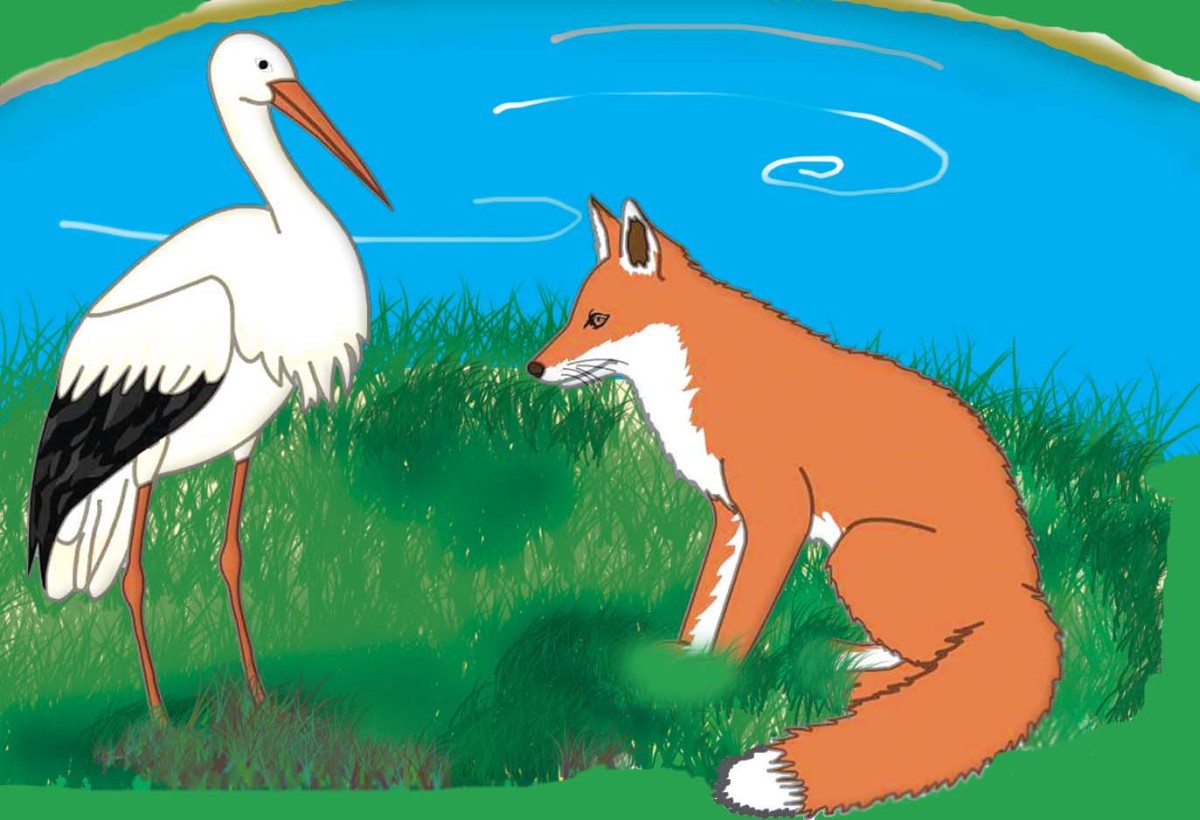Critical periods in development: Lessons learned from wolf children

We all know who the boy in the picture is. He's one of the world's most beloved boy, Mowgli, the main character from "The Jungle Book," written by Rudyard Kipling.
Mowgli's parents lost him as a baby during a tiger attack in their village, and Mowgli was raised in the jungle by wolves, Raksha, the mother wolf, and Father Wolf. So the story goes.
Kipling depicted Mowgli as a wolf child, a human child who has lived in isolation from any human contact from a very young age and raised by wolf. Is wolf child really a fiction or fact? If it is a fact, would a wolf child behave normally like any other child, as Mowgli is?
Documented cases of wolf children
As it turns out, Kipling based Mowgli on a true event. Wolf children do exist. FeralChildren.com reported a number of cases where children were raised by wolves in the wild, completely isolated from human contact and care.
Probably, the the most known case is the two Indian girls, Amala and Kamala, who were found in 1920 in Calcutta region. Amala was 18 months old and Kamala was 8 years old, when a group of villagers found them in a wolves' den. A missionary in charge of an orphanage in Northern India, Reverend Joseph Singh and his wife, took them into the orphanage and raised them.
When found, the girls had developed the habit and behavior a wolf. They walked on their hands and knees, growled at any one who came close to their food, ate only raw meat, emitted wolf-cries, and was unable to speak.
Amala died the year after she was found and Kamala lived to the age of 17 before she could fully recover from her trauma of lacking human contact. While she was alive, Rev. Singh taught Kamala to behave like any normal human child. In the nine years time, he managed to teach her to stand upright and walk on her feet, to socialize with people, and to speak.
At the age of 16, she managed to master the new skills, but her development was that of a three year old.
Lacking human contact: the Consequences
The case of Kamala, and a number of others, shows that without the proper exposure and experience, these children could lack their human capabilities. To narrow our discussion of the broadly human capabilities, let's focus on human language.
Even after nine years of training, Kamala could only utter so many words and lack the ability to structure complex sentences as any normal teenager does. Her speech ability fell too short of a normally raised child. After all, she was not much different than a three year old child.
The psychologist David Cohen, like his other peers, believes that when the proper experience to normal language development is missing, the parts of the brain that is responsible for language won't work. In his book "How the Child's Mind Develops" (2002), he concluded that by the age of seven or eight, if a child never hears a language spoken to her, then she will never learn to speak normally.
This period is known by the name critical period of language development, or the period during by which the brain must be exposed to language to develop the competence to speak.
The lessons learned
Wolf children is a true phenomenon. Even though the cases are very rare, it teaches us a very important lesson.
Let's used the analogy of computer to wrap up this lesson. Suppose our biology is the "human-specific-hardware" and the brain is the "human-processor," our society and the human interaction is the "human-programming."
Even though a human baby is born with human-specific-hardware, she still requires the proper human-programming to function as a member of human society. Without these data, the human-processor appears to be wasted, as it is used to run other programmings or even shuts itself. Further, the human-programming must be executed within a specific period since birth.
'Hardware', 'processor', 'programming', they are too simplistic terms to describe our wonderful yet intricate biology and the interaction with our environment. The point is, however, clear: Encourage contacts and social interactions as much as and as often as possible. While at it, enjoy.








